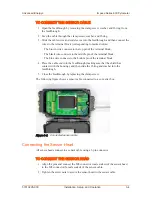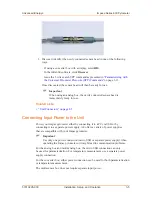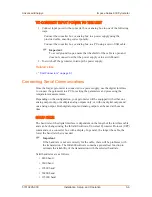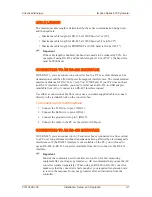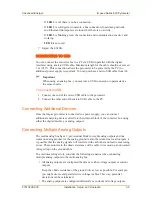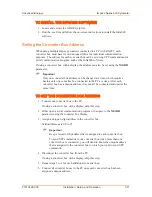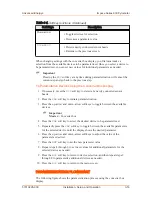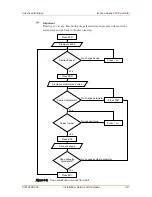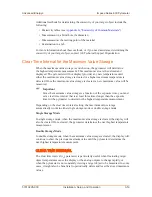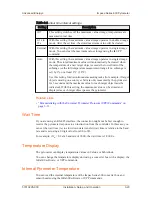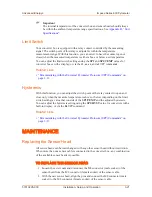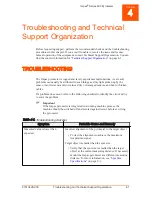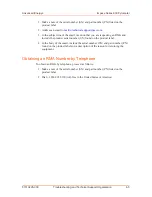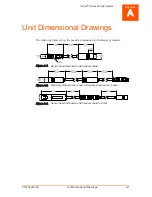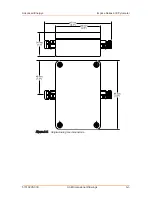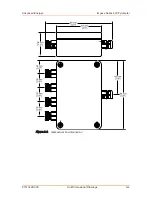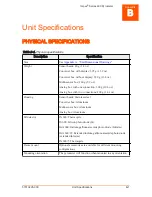
Exposure Time
The exposure time (t
90
) is the time interval for the output of the pyrometer to go
from the lowest value in its measuring range up to 90% of the highest value in its
measuring range, when measuring an abrupt increase in temperature (2 x t
90
= 99%, 3
x t
90
= 99.9%, and the like). Regardless of the exposure time, the pyrometer performs
a measurement of the target object at the fastest possible rate and updates the analog
output.
If the target object has rapidly fluctuating temperatures, you can use longer
exposure times to achieve constant temperature readings. For more information on
exposure times, see
“Parameterizing with the Universal Pyrometer Protocols (UPP)
.
Emissivity
Emissivity is the relationship between the emission of the target object and the
emission of a blackbody radiation source (an object which absorbs all incoming rays
and has an emissivity of 100%) at the same temperature.
Different materials have a different emissivity ranging from 0% to 100%. The
emissivity value tolerance depends primarily on the surface conditions (rough
surfaces have a higher emissivity). Additional factors affecting emissivity include
the surface condition of the material, the spectral range of the pyrometer, and the
measuring temperature.
Emissivities < 10% are very fault prone; to ensure accurate measurements, the
emissivity setting of the Impac pyrometer should be set from 10% to 100%.
If needed, you can also use an emissivity setting of 100% to 120% to correct
attenuated measurements. For example, if measuring through gas that contains soot,
the pyrometer will detect both the measured object and the soot in the air; in this
case, you could use the higher emissivity setting to compensate for the signal coming
from the soot and get a more accurate measurement.
If you do not know the emissivity of your target object, one method to determine an
accurate emissivity value is by making a comparison measurement. This can be done
two different ways:
• If possible, coat a portion of the target object with dull black paint or carbon
soot. Paint and carbon soot have high emissivities (95%) and take on the same
temperature as the object. Measure the temperature of the treated area with the
emissivity control set to 95%. Then measure the temperature of an adjacent
untreated area of the target object and adjust the emissivity until the pyrometer
displays the same temperature.
• Measure the surface temperature of the target object using a contact
thermometer and, at the same time, measure the temperature using the Impac
pyrometer. Adjust the emissivity settings until the pyrometer displays the
same temperature as the thermometer. Record this emissivity setting for future
measurements of this type of surface.
Advanced Energy
®
Impac
®
Series 600 Pyrometer
57010228-00C
Installation, Setup, and Operation
3‑18

